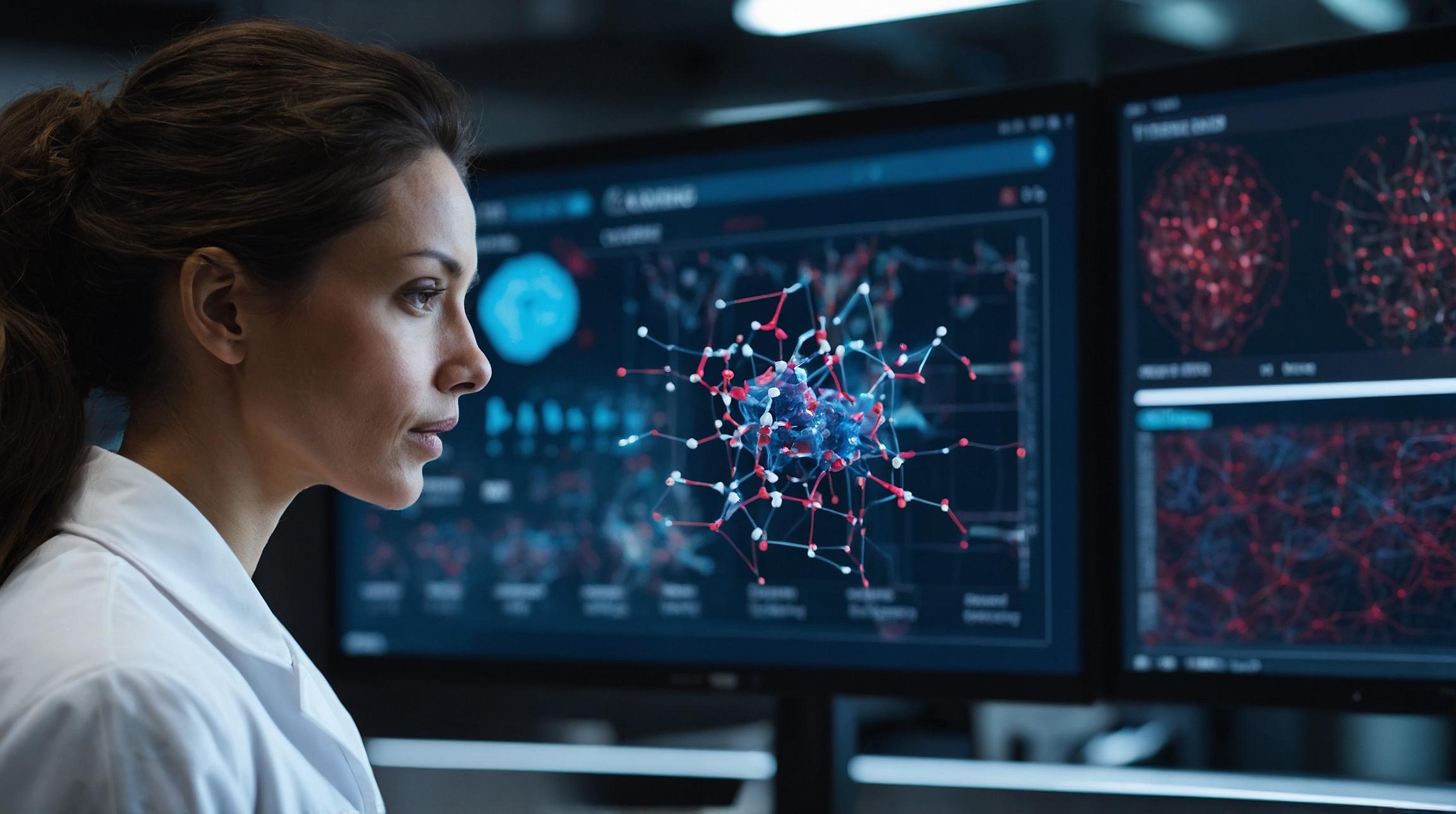A Breakthrough in Drug Discovery
Chinese and US scientists have introduced a groundbreaking artificial intelligence (AI) model named ActFound. This model promises to transform the landscape of drug development and discovery by tackling significant challenges that have long plagued the industry.
Understanding Bioactivity
To comprehend ActFound's impact, it's essential to grasp the concept of bioactivity. This term refers to the various properties of compounds, like how they interact with biological targets or their therapeutic effects. As explained by researchers from Peking University, the University of Washington, and INF Technology Shanghai, predicting these properties is crucial for identifying promising drug candidates.
The Challenges with Traditional Methods
Traditional computational methods like free-energy perturbation (FEP), although accurate, demand extensive computational resources which are costly and time-consuming. These methods rely on specific three-dimensional protein structures obtained through expensive equipment and procedures, making them impractical for large-scale applications.
ActFound: An AI Game-Changer
The ActFound model shines by accurately predicting bioactivity with fewer data points. It offers a cost-effective alternative to FEP by utilizing advanced machine learning techniques. Meta-learning and pairwise learning are key components of the model. Meta-learning allows the model to learn efficiently from limited data, ideal for bioactivity prediction where measuring each compound is costly. Pairwise learning, on the other hand, focuses on the relative differences between compound pairs rather than absolute values, ensuring the model can generalize well across different assays.
Overcoming Machine Learning Hurdles
A significant barrier in using machine learning for drug discovery is poor generalizability due to small sample sizes in assays and inconsistent measurement metrics. ActFound circumvents these issues as a foundation model trained on extensive data sets. With a training dataset of 35,644 assays and 1.6 million bioactivity measurements, ActFound outperforms other models in both in-domain and cross-domain prediction.
ActFound's Real-World Impact
In practical terms, ActFound was tested across six real-world bioactivity datasets, consistently beating nine competing models. It even demonstrated superior performance in predicting the bioactivity of cancer drugs, highlighting its potential as a foundation model for diverse drug discovery projects.
The Future of Drug Development
With China heavily investing in pharmaceutical innovations, models like ActFound are pivotal. They streamline the process of identifying useful compounds from a plethora of candidates, saving both time and resources. As drug discovery continues to evolve, ActFound paves the way for more efficient and economical machine-learning-based solutions.
By integrating novel techniques like meta-learning and pairwise learning, ActFound marks a new era in bioactivity prediction, unlocking new possibilities for drug developers worldwide.













